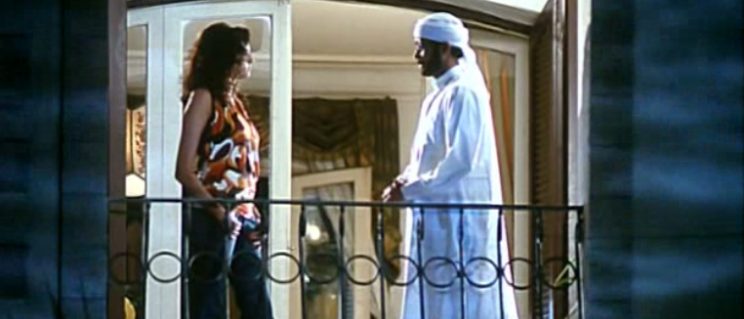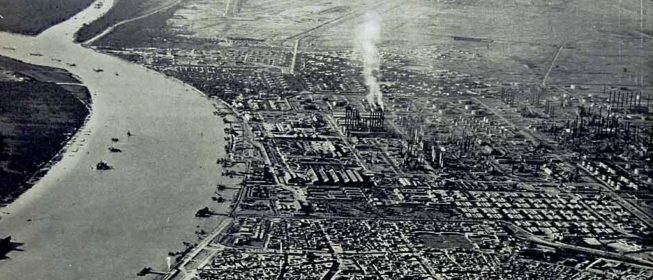Nezar AlSayyad
College of Environmental Design, University of California, Berkeley
No medium has ever captured the city and the experience of urban modernity better than film. The relationship between the city and cinema is very strong as movies influence the way we construct images of the world and the ways we operate within it. The ability of cinema to capture images and sounds with a degree of complexity and to project them to a larger public was an important component in the rise of urban modernity at the beginning of the twentieth century. The connection between the cinematic city and the physical city, particularly in Europe and the United States, has been the subject of much scholarship. Twentieth-century modernism was both depicted in and delivered from the screen to the city defined in architectural styles, sociological profiles, and urban narratives.
The relationship between the city and cinema in the Middle East is more than a century old. The earliest films coming out of Egypt, Turkey, and Iran were all set in cities and often were about cities, too. And while other media like radio, television, the internet, and social media have substantially contributed to the dissemination of a unique Middle Eastern modernity, they all have their limits. Radio created a listening culture devoid of the visual dimension; television presented short, fast, and fleeting images with little representation and substance. Cinema remained the main medium where a long, sustained, and deliberate narrative captured content and documents for generations to come a moment in time.
Today the internet and social media are positing a serious challenge to the relevance of cinema, particularly in relationship to the city. The role of social media in the revolution of the Arab Spring and the connections that such media have made to the spaces of the city was paramount. This was indeed a reminder that revolutions do not happen in cyberspace even if they start there. But here is where cinema still comes in. For it is in the cinematic city of the films that capture and recreate the revolution that the real cities of the Middle East, with all of the sweat and blood of their people, came to life again.
These papers by Armbrust, Damluji, and Tureli capture some of the realties from different times and different places in the Middle East. Their work is a reminder that the recent cinematic urbanism of the Middle East will yield many valuable lessons for today’s urban condition.
Nezar AlSayyad is professor of architecture, planning, urban design, and urban history at UC Berkeley. He has authored and edited several books on colonialism; identity; Islamic architecture; tourism; tradition; urbanism; urban design, history, and informality; and virtuality. His recently published books include Cairo: Histories of a City (2011), The Fundamentalist City? (2010), and Cinematic Urbanism (2006).
“Cinematic Urbanism” is an online component of Ars Orientalis 42, published October 2012.






